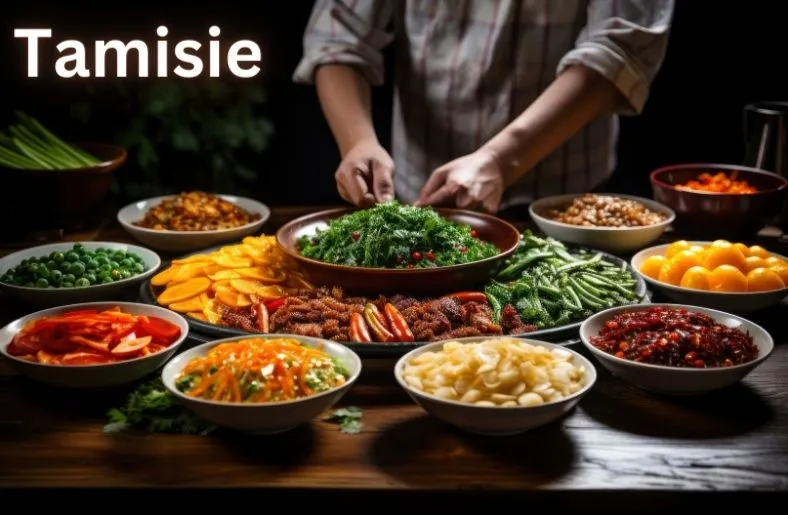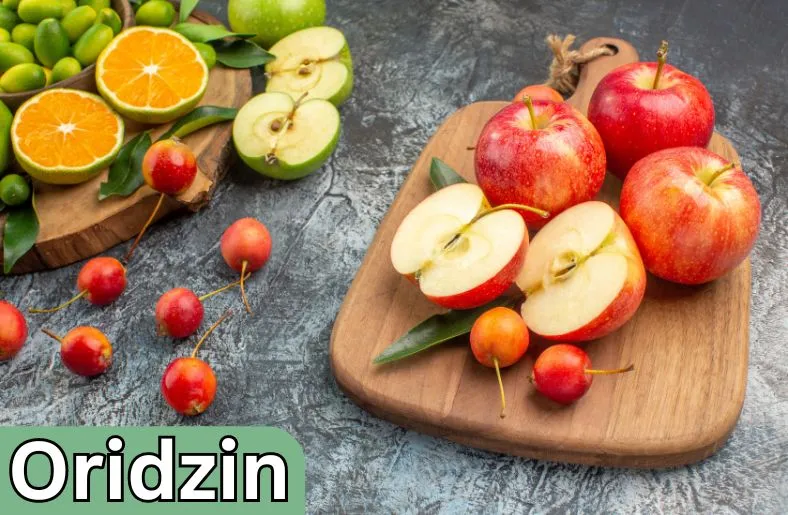Take a tasteful journey with us as we explore the essence of Tamisie, a historically and culturally significant culinary heritage. Originating from the French word ‘tamiser,’ meaning to sift or sieve, Tamisie represents the art of refining textures and enhancing flavors. This article delves into its definition and origin, tracing its roots across diverse culinary traditions. We’ll explore its pivotal role in culinary heritage, highlighting its significance in achieving desirable textures and flavors. Join us as we delve deeper into the world of it, where tradition meets innovation in the realm of gastronomy.
Historical Evolution of Tamisie
Embarking on a historical odyssey, let’s uncover the evolution of Tamisie across the ages.
A. Ancient Origins and Early Practices:
- Tamisie’s roots extend deep into antiquity, tracing back to ancient civilizations.
- Early practitioners employed basic sieving techniques to refine ingredients and achieve smoother textures.
- Across diverse cultures, it emerged as a vital culinary practice, embodying precision and craftsmanship.
- Its significance transcended mere culinary utility, symbolizing cultural identity and communal traditions.
B. Evolution Across Different Cultures and Regions:
- As civilizations flourished and interacted, Tamisie adapted, assimilating diverse influences.
- Each culture infused it with its unique flair, enriching the tradition with new flavors and methodologies.
- From Asia to Europe, it traversed continents, leaving an indelible mark on global culinary heritage.
- Its evolution mirrored the dynamic interplay between tradition and innovation, shaping culinary landscapes worldwide.
Embodied within Tamisie’s evolution lies a rich tapestry of cultural exchange and culinary ingenuity, transcending temporal boundaries to resonate with gastronomic enthusiasts worldwide.
Types of Tamisie
Navigating through the diverse realm of Tamisie, let’s explore its varied methodologies.
A. Traditional Tamisie Methods:
- Rooted in age-old practices, traditional Tamisie involves manual techniques.
- Essential tools like sieves or mesh screens are utilized to refine ingredients.
- These methods emphasize craftsmanship and precision, reflecting cultural traditions.
- Traditional it embodies simplicity and authenticity, connecting with heritage and tradition.
B. Modern Innovations in Tamisie Techniques:
- With technological advancements, modern Tamisie embraces innovation and efficiency.
- Electric sifters and automated systems streamline the sieving process, enhancing productivity.
- These innovations prioritize speed and accuracy, catering to contemporary culinary demands.
- Modern techniques exemplify the fusion of tradition with cutting-edge technology.
Culinary Applications of Tamisie
Exploring the culinary realm, Tamisie unveils its versatile applications across various delicacies.
Role of Tamisie in Baking and Pastry Making
In baking and pastry making, Tamisie plays a pivotal role in achieving the desired texture and consistency. Sifting dry ingredients like flour and powdered sugar ensures a uniform blend and airy consistency in cakes, pastries, and bread. Its meticulous process helps eliminate lumps and aerates the ingredients, resulting in light and fluffy baked goods. Moreover, it ensures a smooth and even mixture in delicate pastries like macarons, contributing to the perfect shell and crumb structure.
Tamisie in Soups, Sauces, and Other Culinary Delights
Beyond baking, Tamisie lends its expertise to soups, sauces, and various culinary delights. When incorporated into soups, it helps achieve a velvety smooth texture by straining out any coarse particles or impurities. In sauces, it ensures a silky consistency by removing lumps and achieving a homogeneous blend of ingredients. Moreover, it transforms the texture in dishes like mashed potatoes or purees, creating a creamy and luxurious mouthfeel. Its versatility allows chefs to elevate the overall dining experience by refining the texture and enhancing the flavors of diverse culinary creations.
Cultural Significance of Tamisie
Delving into the cultural significance, Tamisie embodies a rich tapestry of rituals and traditions, binding communities together.
Rituals and Traditions Associated with Tamisie: It is revered in various cultural rituals and traditions, symbolizing unity and communal bonds. Whether prepared for festive occasions or solemn ceremonies, making and sharing Tamisie becomes a cherished ritual, fostering a sense of togetherness and belonging among participants. From weddings to religious festivals, its presence signifies abundance, prosperity, and the preservation of cultural heritage.
Tamisie as a Symbol of Cultural Identity and Heritage: Across different cultures, Tamisie serves as a potent symbol of cultural identity and heritage, reflecting centuries-old traditions and culinary wisdom. Its preparation techniques, choice of ingredients, and symbolic significance vary from region to region, yet the underlying thread of cultural pride and communal celebration remains constant. Its consumption and sharing reinforce cultural bonds, ensuring the continuity of traditions and transmitting cultural values from generation to generation.
Challenges and Considerations
Navigating the path ahead, Tamisie encounters challenges and considerations that demand attention.
Environmental and Sustainability Concerns: Amidst modernization, preserving Tamisie’s authenticity necessitates addressing ecological and sustainability concerns. Practices like land use, water consumption, and biodiversity preservation require careful consideration to ensure its future viability.
Economic Implications of Tamisie Practices: The economic landscape surrounding its practices requires scrutiny, as shifts in agricultural techniques and market demands may impact traditional cultivation methods. Balancing economic viability with cultural preservation is essential to sustain its legacy.
Future Trends and Innovations
Looking ahead, the future of Tamisie promises exciting trends and innovations.
Embracing Technological Advancements: Incorporating modern technology can revolutionize Tamisie production, enhancing efficiency and quality.
Culinary Fusion and Experimentation: Expect continued exploration of it in fusion cuisines and innovative culinary creations.
Sustainability Initiatives: Efforts towards sustainable practices will likely increase, ensuring longevity while minimizing environmental impact.
Global Recognition and Appreciation: As awareness grows, Tamisie is poised to gain recognition on a global scale, enriching culinary landscapes worldwide.
Conclusion
Tamisie is more than just a culinary tradition; it’s a testament to the enduring legacy of cultural exchange and gastronomic craftsmanship. As we’ve journeyed through its history, applications, and cultural significance, it’s evident that Tamisie transcends mere culinary utility. It symbolizes unity, heritage, and the intricate interplay between tradition and innovation. However, as we chart its future trajectory, we must carefully consider challenges such as environmental sustainability and economic viability.
Yet, amidst these challenges lie opportunities for growth and innovation. By embracing technological advancements, fostering culinary fusion, and prioritizing sustainability, Tamisie can continue to evolve and captivate palates worldwide. As it gains global recognition and appreciation, it remains a beacon of culinary excellence and cultural pride, enriching lives and taste experiences for future generations.
FAQ’s
- What is Tamisie?
- It is a culinary technique originating from the French word ‘tamiser,’ meaning to sift or sieve. It involves refining textures and enhancing flavors by passing ingredients through a sieve or mesh screen.
- How is Tamisie traditionally used in cooking?
- Traditionally, it is used to sift dry ingredients like flour or powdered sugar to achieve a smooth and uniform texture in baked goods. It’s also employed in soups and sauces to strain out impurities and create silky consistencies.
- What role does Tamisie play in cultural traditions?
- It is a significant part of various cultural rituals and traditions, symbolizing unity, abundance, and communal celebration. It often features prominently in festive occasions, weddings, and religious ceremonies, fostering a sense of cultural identity and heritage.
- Are there modern innovations in Tamisie techniques?
- Modern innovations in it include electric sifters and automated systems that streamline the sieving process, enhancing productivity and efficiency in culinary operations. These innovations marry tradition with technology, catering to contemporary culinary demands.
- How can it contribute to sustainable culinary practices?
- It can contribute to sustainable culinary practices by ensuring efficient use of ingredients, minimizing waste, and promoting the use of locally sourced, seasonal produce. Additionally, embracing traditional methods can help preserve culinary heritage while reducing environmental impact.





